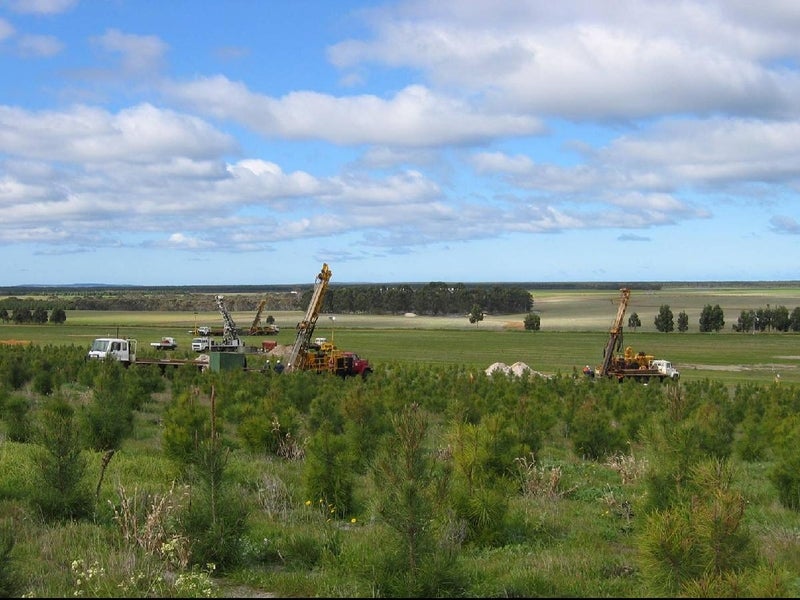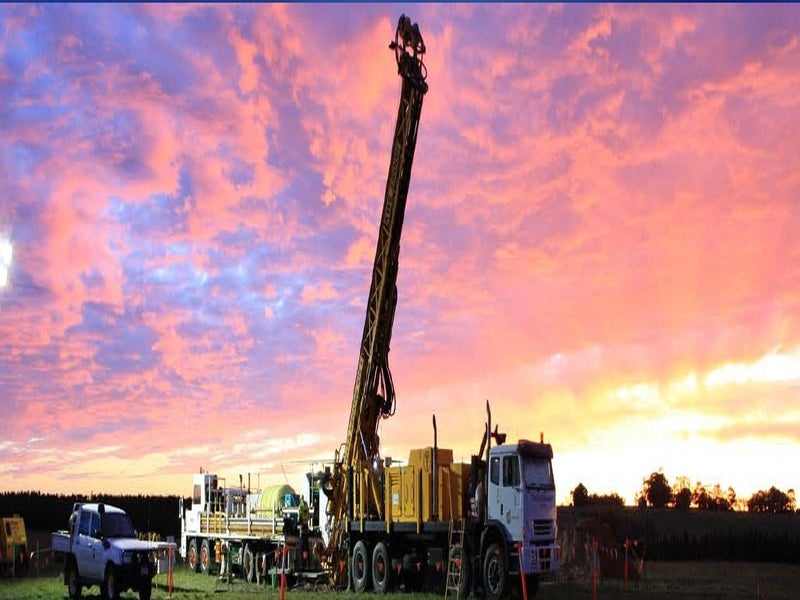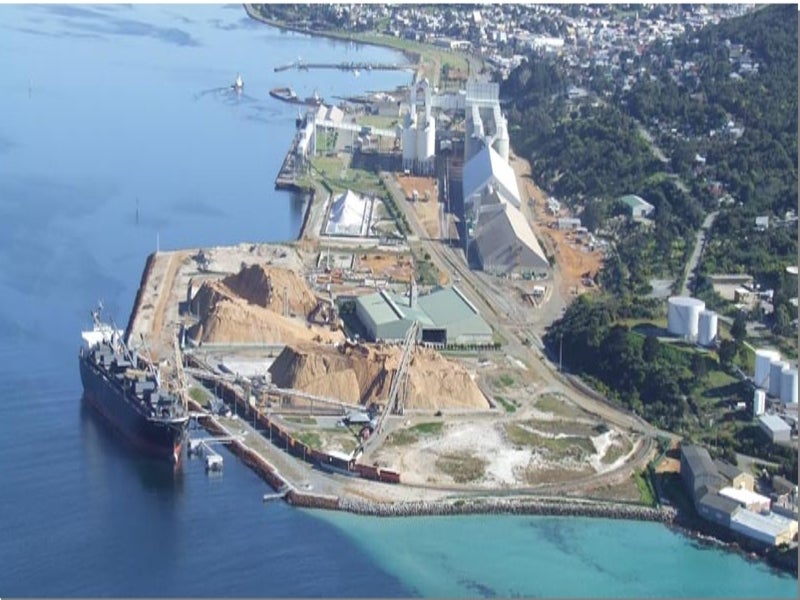The Southdown magnetite is an open-pit iron ore project being developed in Western Australia, Australia.
A joint venture between Grange Resources (70%) and SRT (Sojitz Resources and Technology) Australia (30%) is developing the project. SRT is jointly owned by Japanese companies Sojitz and Kobe Steel.
The Southdown iron ore deposit was initially discovered in 1983 and the approval for the infrastructure development at the site was granted by Western Australia in November 2009.
A definitive feasibility study was announced for the Southdown project in April 2012, with an estimated production of 10 million tonnes per annum (Mtpa) of high-grade magnetite over a potential mine life of 14 years.
A pre-feasibility study (PFS) to assess a development option with reduced capital expenditure for the project was released in March 2022. The PFS anticipated the alternative option would result in a capital spending reduction to £800m ($1bn) from £1.66bn ($2.08bn).
The study has estimated a mine life of 28 years and production of 5Mtpa at 69.5% iron (Fe) for the Southdown magnetite project. It also identified that the project holds the potential for further extension of the mine life to more than 50 years.
Location, geology and mineralisation
The Southdown magnetite project is located approximately 90km from northeast of Albany city in the Great Southern Region of Western Australia, Australia.
The iron ore deposit extends approximately 12km in length under the mining lease M70/1309 and retention license R70/61. It covers a total area of more than 120km2 on a freehold farming property.
The deposit lies on the core of an east plunging overturned tight isoclinal syncline with its axial surface dipping south. It is offset by northeast dipping dextral reverse faults and steeply south-east dipping sinistral faults.
The mineralisation occurs as alternating bands of magnetite hosted in clinopyroxene and primary quartz in the licence area held by the Grange Resources and SRT joint venture.
Estimated resources and reserves
The Southdown magnetite project was estimated to hold approximately 1.2 billion tonnes (bt) of measured, indicated and inferred mineral resources grading at 33.7% Davis Tube Recovery (DTR), as of February 2014.
The probable and proven mineral reserves are estimated at 388Mt with a grade value of 35.6% DTR.
Mining method and ore processing
The Southdown magnetite project will employ a conventional bulk mining method involving drilling and blasting activities, with hydraulic face shovels and dump trucks connected to the run-of-mine (ROM) stockpile.
The ore will be trucked from the blasted faces to the primary crusher and a two-stage process will be used to crush it. It will be later sized and separated magnetically using a dry processing technology for the production of an interim dry magnetite product.
The final magnetite concentrate will be produced by mixing the interim product with water for final magnetite separation and grinding.
The tailings are expected to be produced in dry and wet forms, with wet process waste to be deposited in slurry form into a tailings storage facility (TSF), while the dry tailings will be sent back to the waste rock dump.
Through a 110km-long-buried pipeline, the magnetite concentrate will be transported in the form of slurry to a concentrate dewatering and storage facility at the Albany port for onward shipment.
Infrastructure facilities
The infrastructure facilities at the project will include a mine, a concentrator plant with dry grinding and wet separation system, slurry and return water pipelines and a desalination plant with a capacity of 10 gigalitres per annum of water, if a DFS is opted for the mine development.
The port facility will include a dewatering plant, concentrate storage shed, a new wharf and a ship-loading terminal.
Water and power supply
The alternative development option identified by the PFS for the Southdown project eliminates the need for the construction and operation of a desalination plant, as the annual make-up water demand was estimated to be 4.26 gigalitres per year, which is expected to be met through a combination of recycled water and groundwater sources.
The electricity to the Southdown magnetite project will be delivered through the development of a 278km-long 330kV power transmission line connection from the Western Power’s Southwest Interconnection System (SWIS).
The transmission line will be constructed for power supply to meet the project’s demand of about 87.6MW.
Contractors involved
Wood was engaged for principal and process activities in the development of the Southdown magnetite PFS, whereas Australia-based GHD was subcontracted for the non-process infrastructure part of the study.
Ausenco was contracted to deliver the services related to pipeline and associated infrastructure works of the magnetite project.
BMT Group was contracted for the marine section in the preparation of the PFS, while Snowden Optiro was engaged for the mining category in the study.





